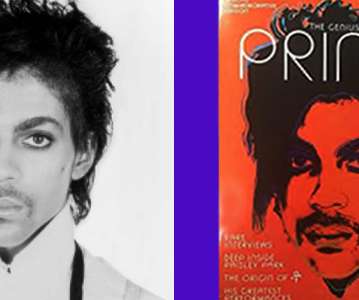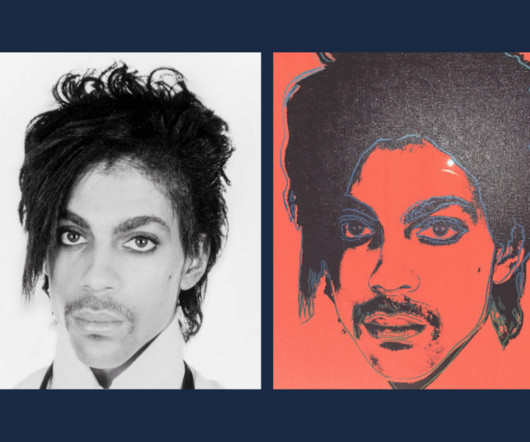Prof. Avichal Bhatnagar v. The CEO, Pralek Prakashan Pvt. Ltd : Taking a Look at The Conundrum Surrounding Copyright Protection vis-a-vis Accessibility for PwDs
SpicyIP
JUNE 26, 2024
On a broad reading, there seems to be an obvious conflict of two areas of law, where the RPwD Act mandates fundamental access to all content but the Copyright Act grants the author the right to control how their works are copied.













Let's personalize your content